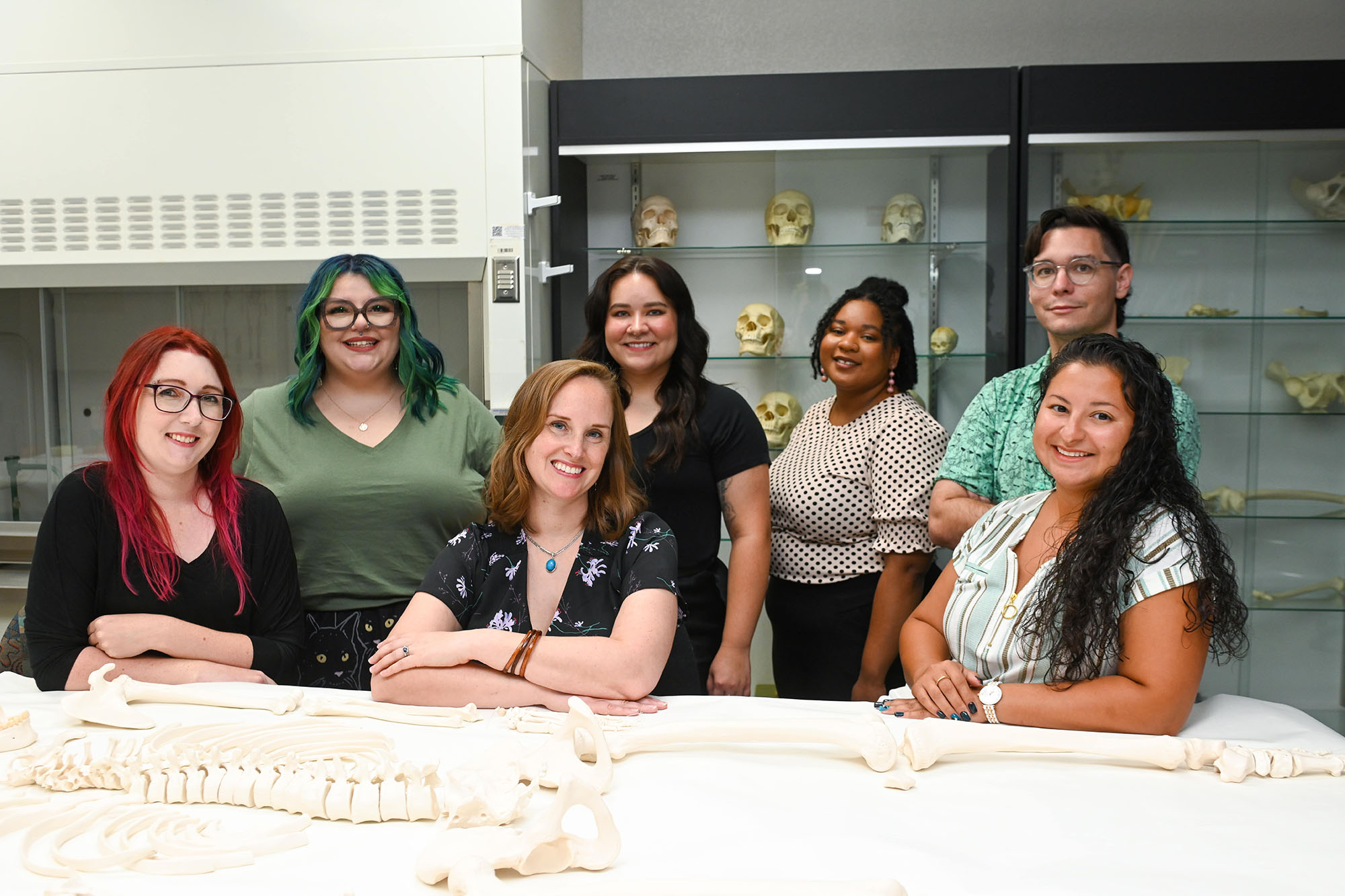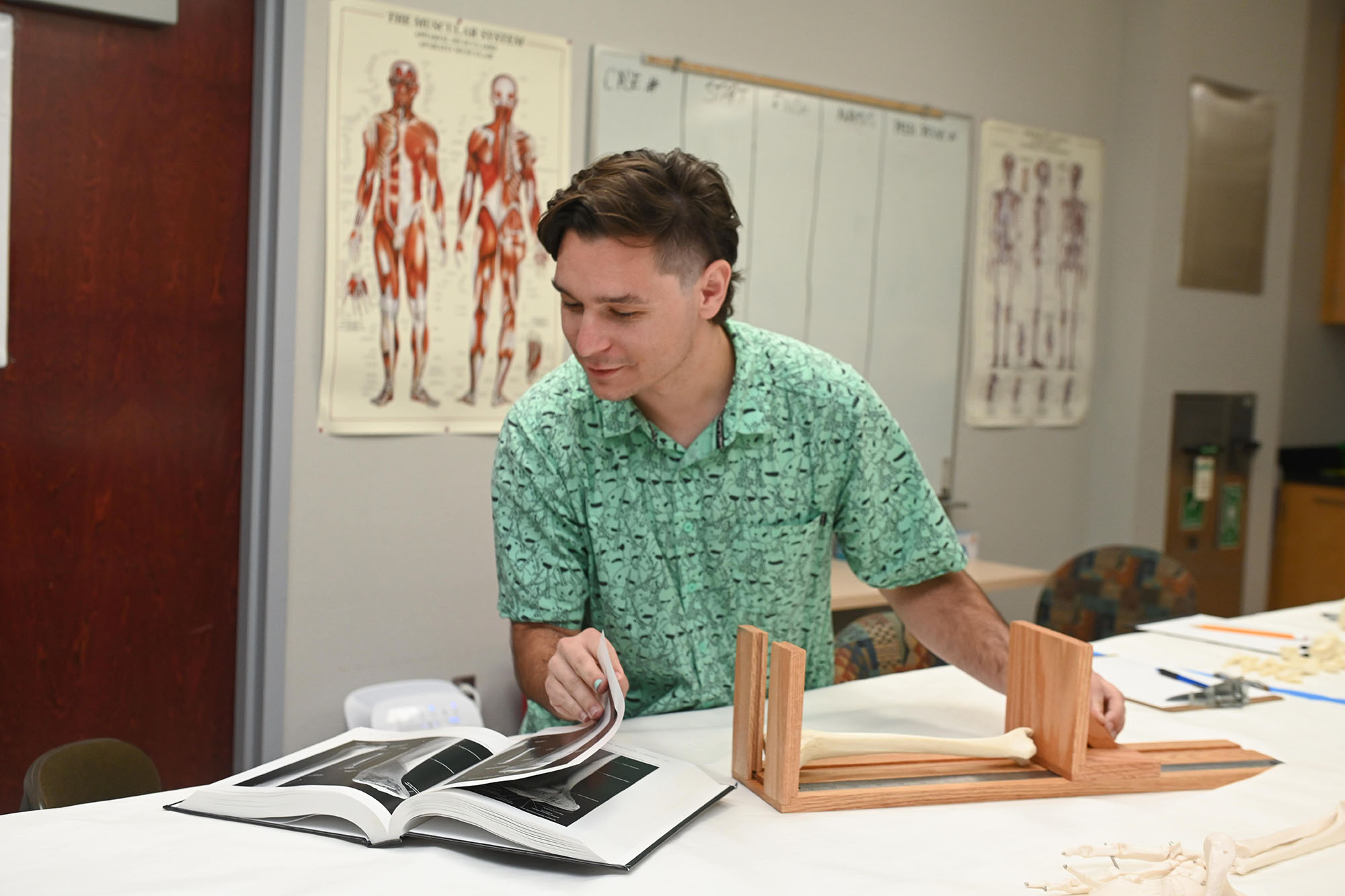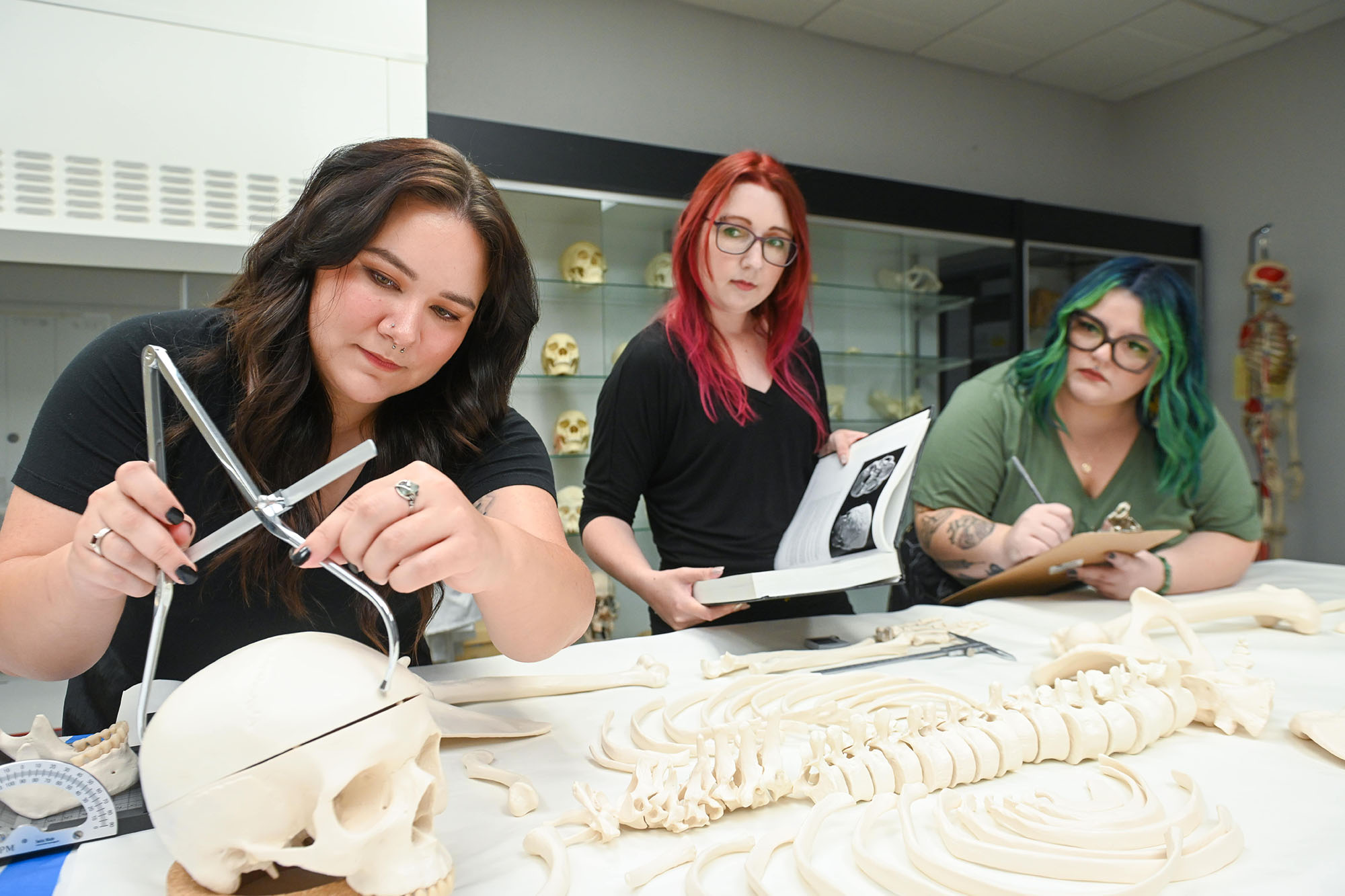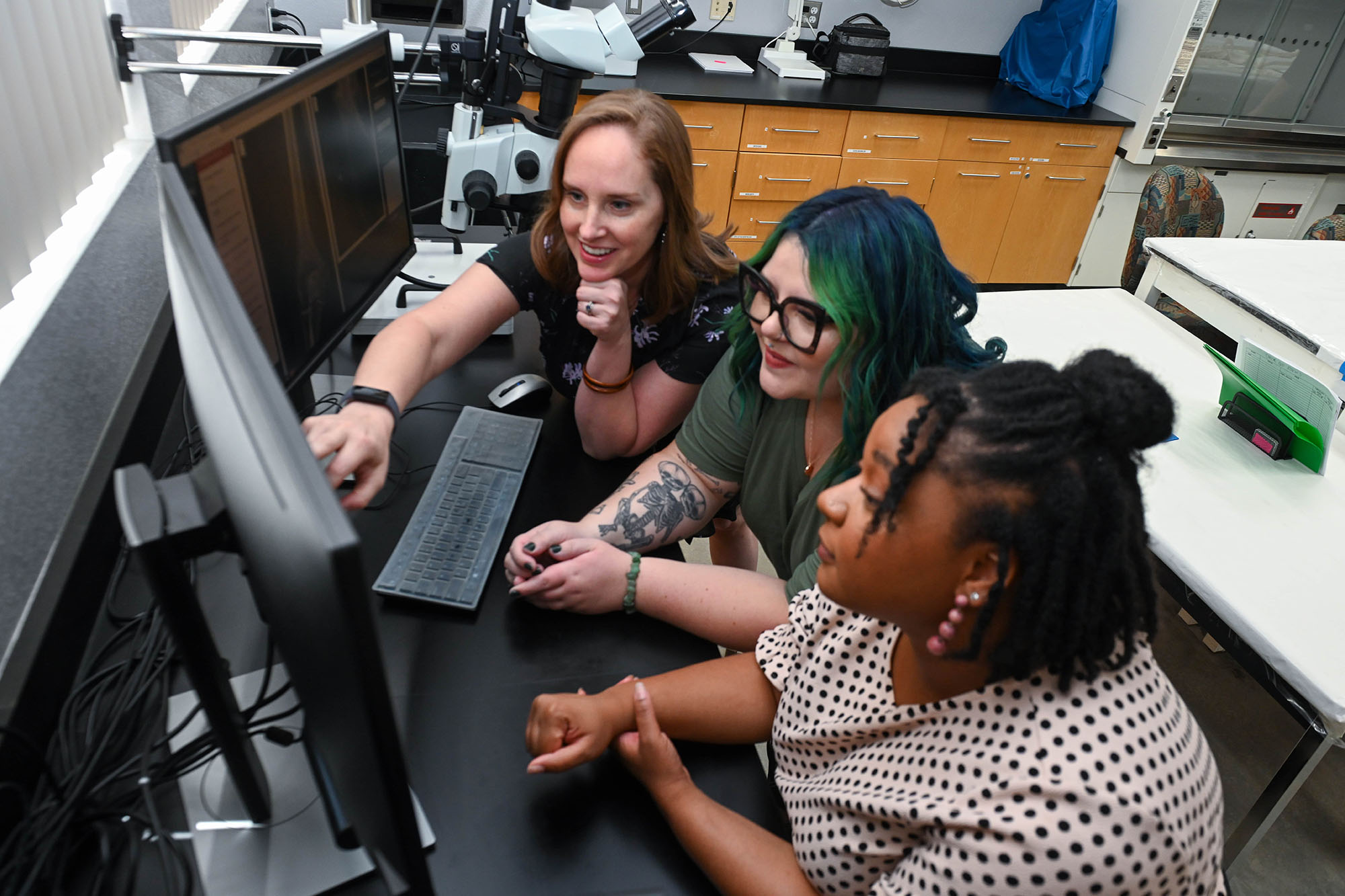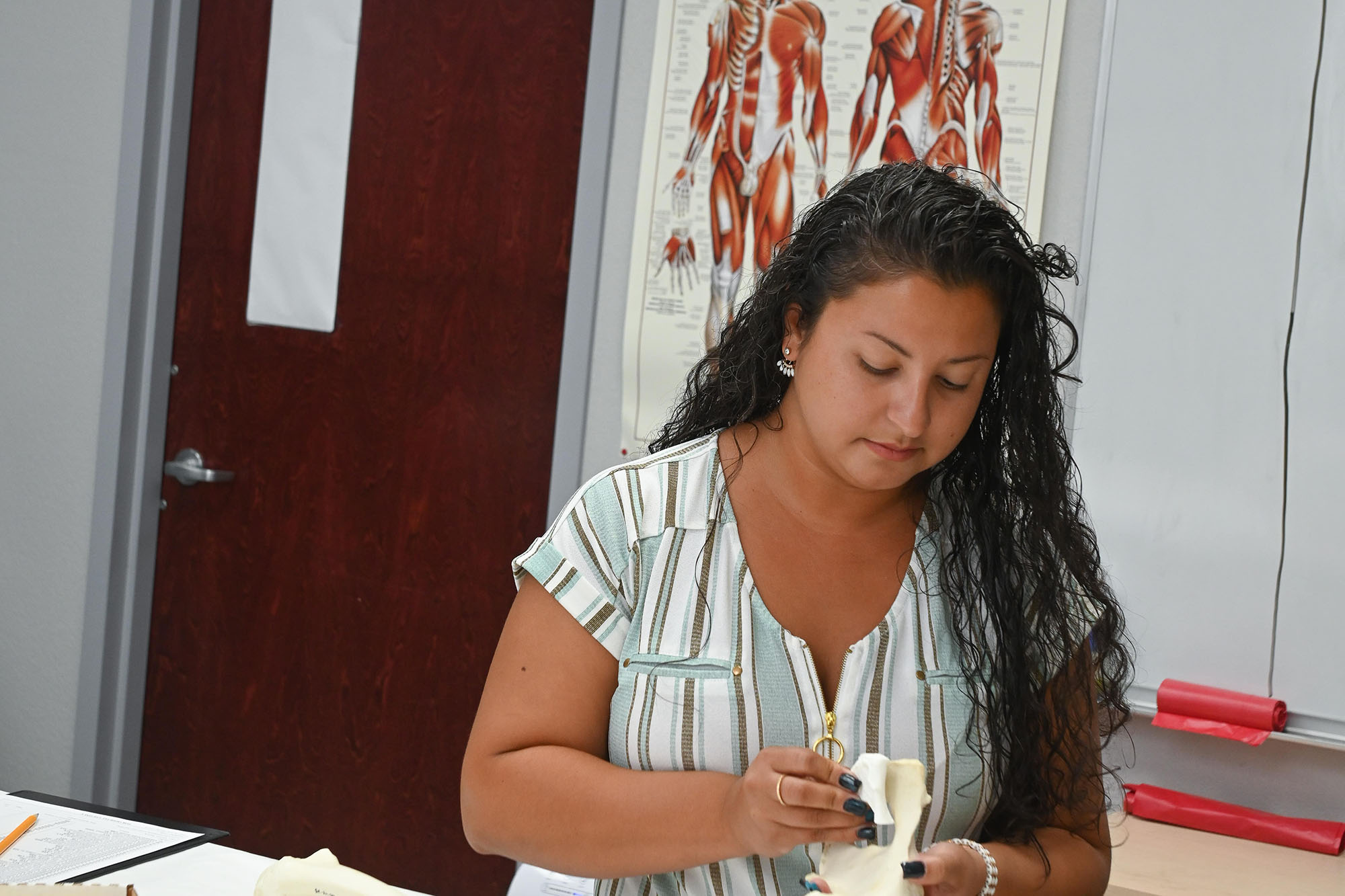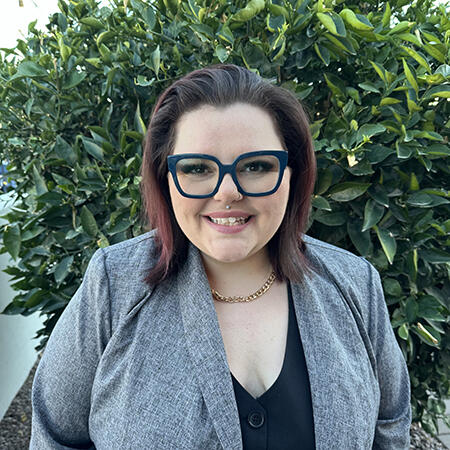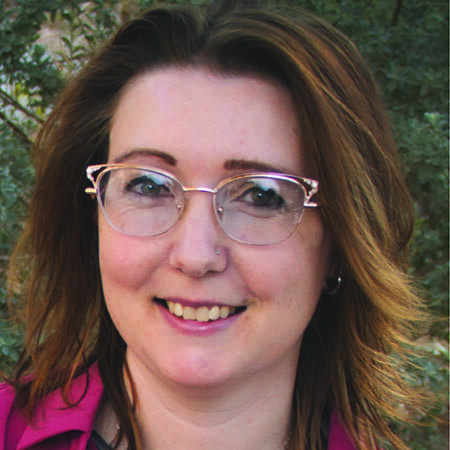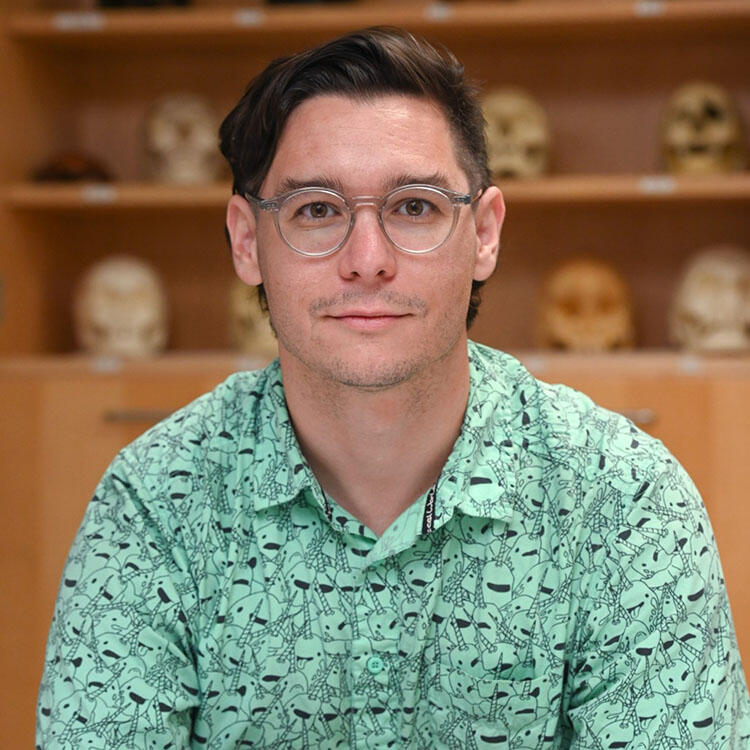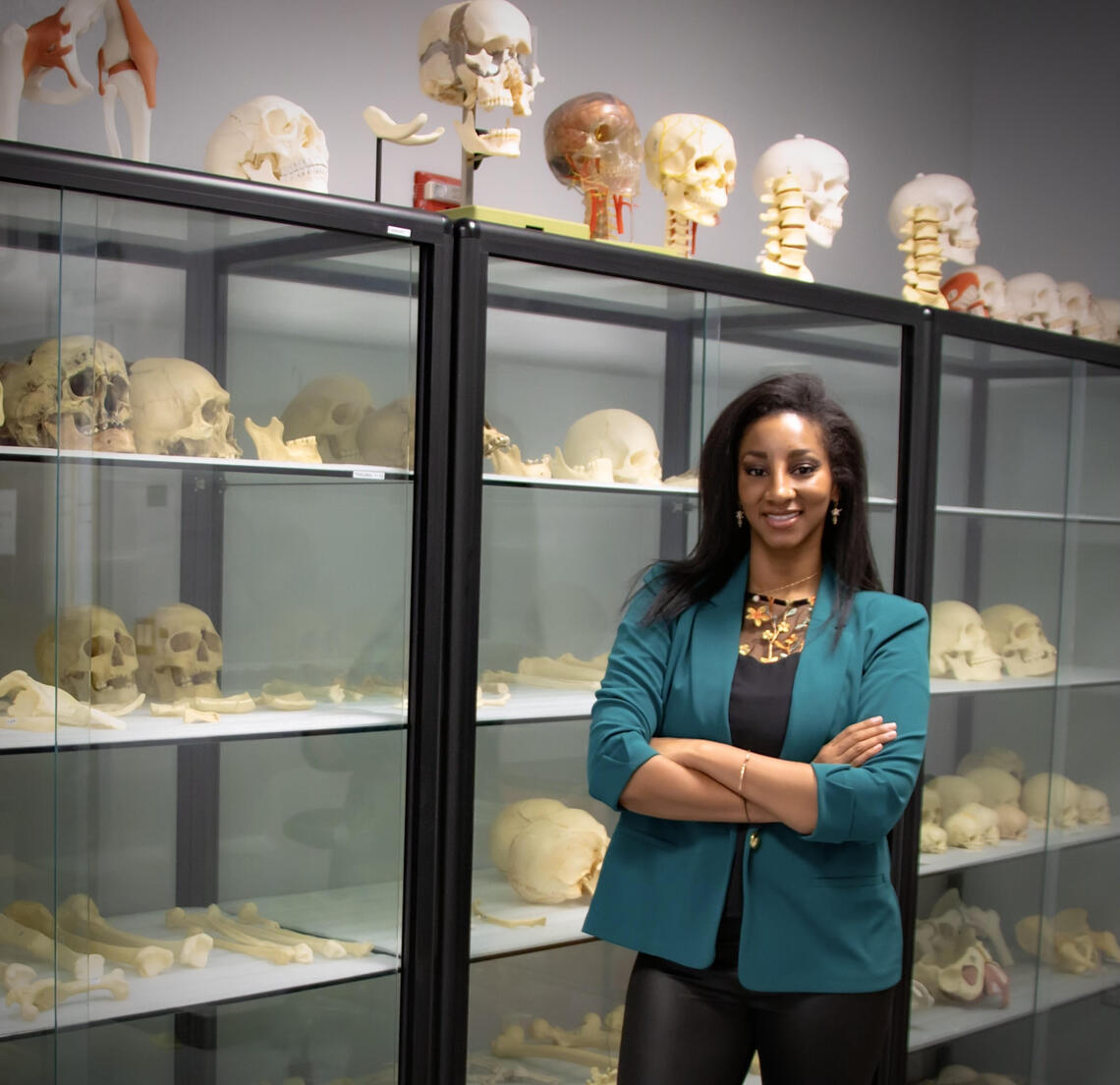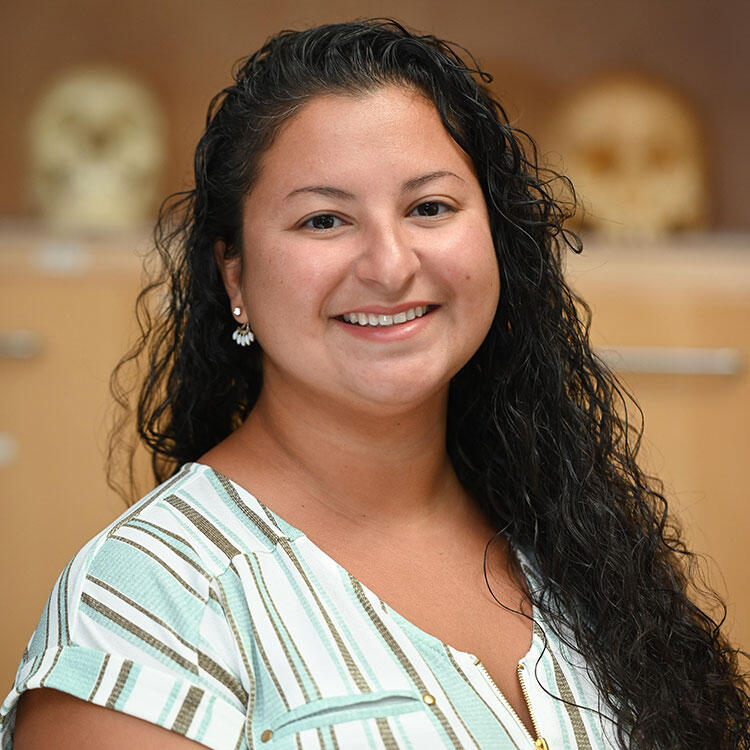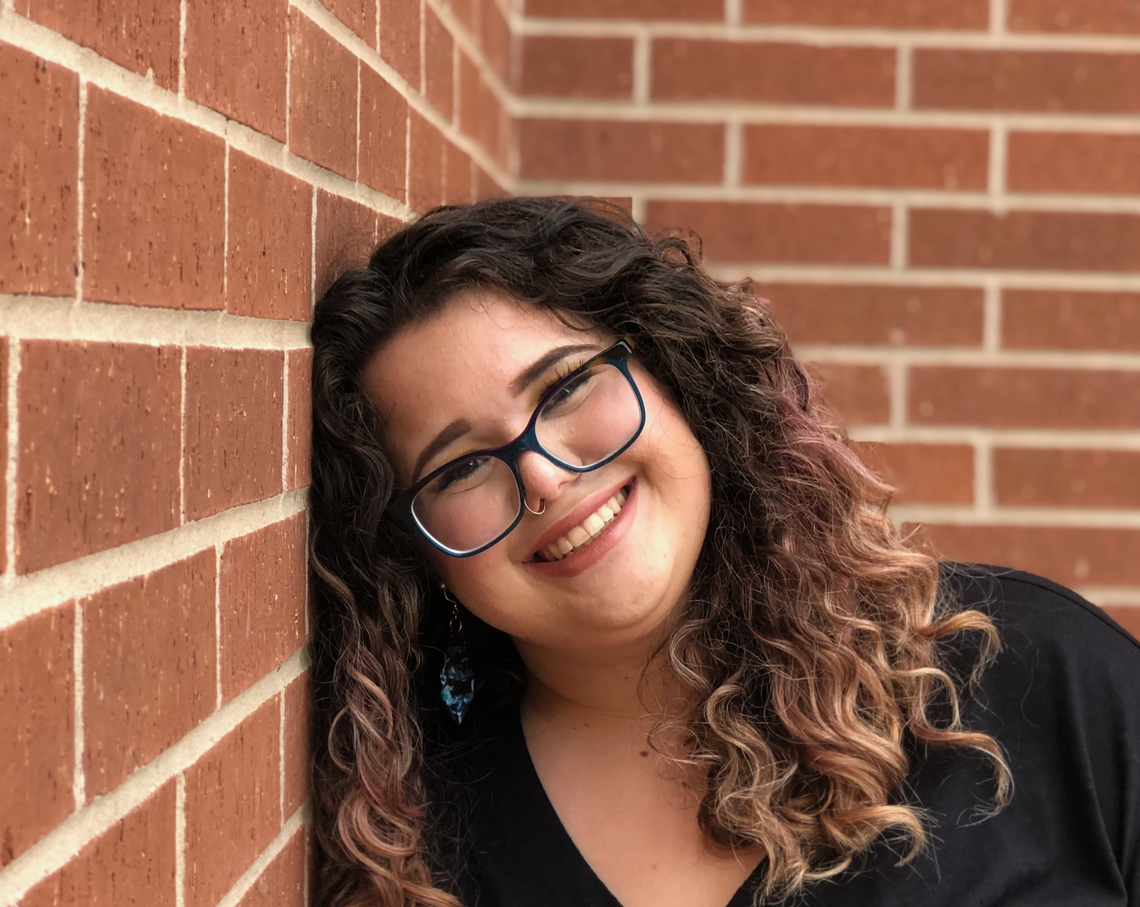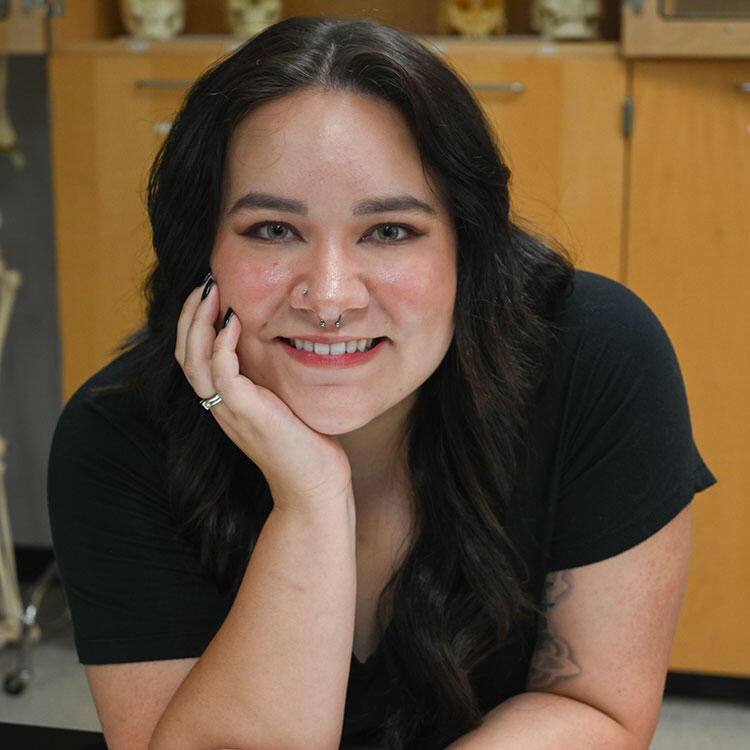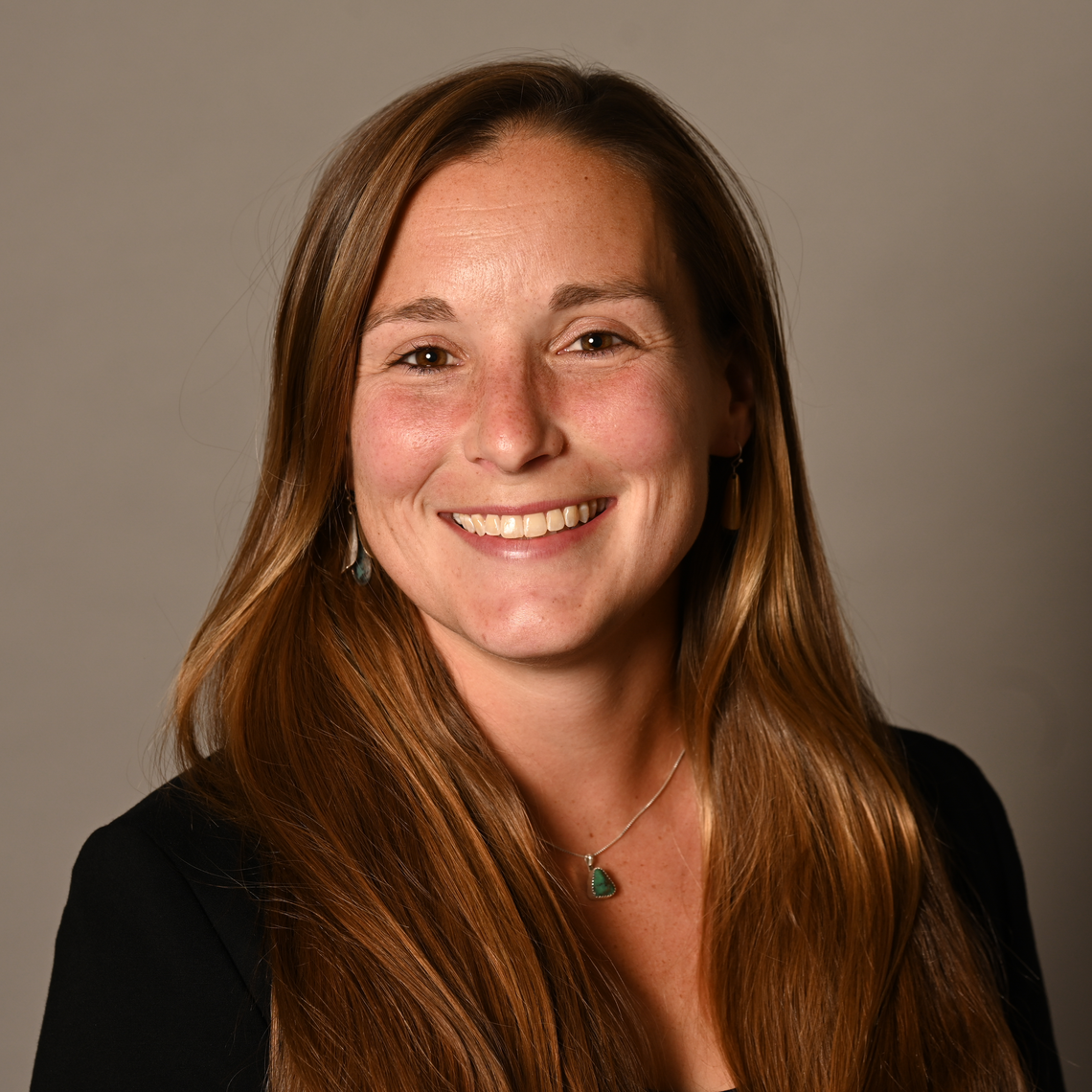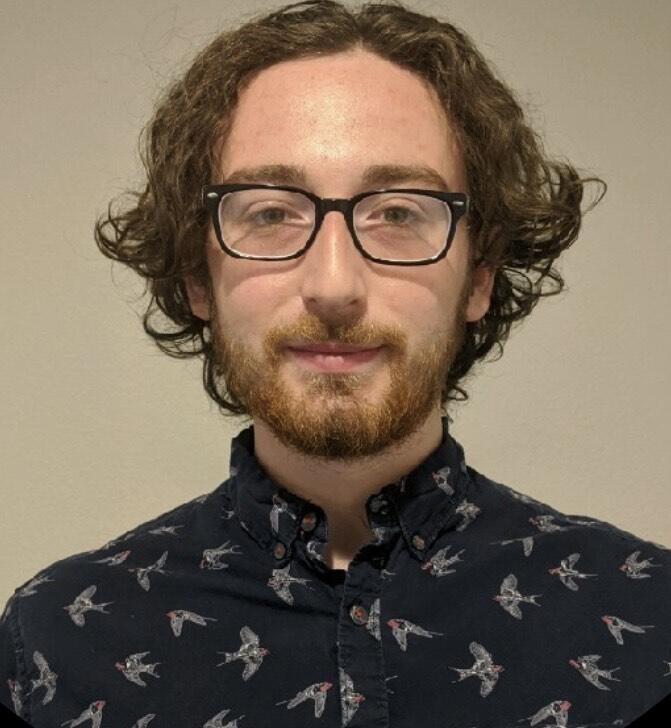Forensic Anthropology and Bioarchaeology Lab
The Forensic Anthropology and Bioarchaeology Laboratory, directed by Jennifer Byrnes, is a recently established (2019) research space dedicated to the analysis of modern and historic human remains. Forensic anthropology as a field of study is the application of methods and theory in biological anthropology to questions related to the medicolegal significance of human remains (see NIST Anthropology Subcommittee and American Board of Forensic Anthropology). Members of the lab assist in consult cases for the Clark County Office of the Coroner/Medical Examiner (CCOCME) under the supervision of the lab director. Assistance includes lab analyses and field recoveries. New research projects include the investigation of the reliability and validity of positive identifications generated from medical imaging, examining issues of public health and structural violence utilizing forensic anthropology case demographics, and paleopathology/trauma analyses from data collected on the Erie County Poorhouse Cemetery (1851-1913). Undergraduate and graduate students interested in participating in any of these research or service endeavors should contact Dr. Byrnes directly to discuss how they can participate as a lab member.
For updates on our laboratory, follow us on Instagram.
Current Students Affiliated with the Lab
Laboratory Alumni
Ongoing Research Projects
Our Lab In the News
UNLV Media Coverage of Our Lab
Article Spotlight
- A child left behind: Malnutrition and chronic illness of a child from the Erie County Poorhouse Cemetery
- Multi-agent scavenging patterns in Hawai‘i: A forensic archaeological and skeletal case study
- The Bioarchaeology of Structural Violence
- Case Studies in Forensic Anthropology
- Evaluating Evidence in Biological Anthropology
- Speaking of Sex: Critical Reflections for Forensic Anthropologists
